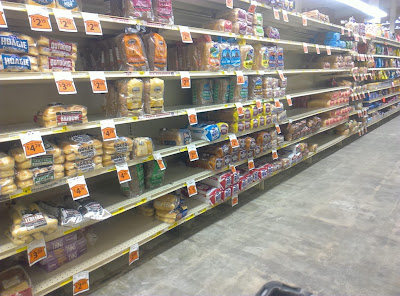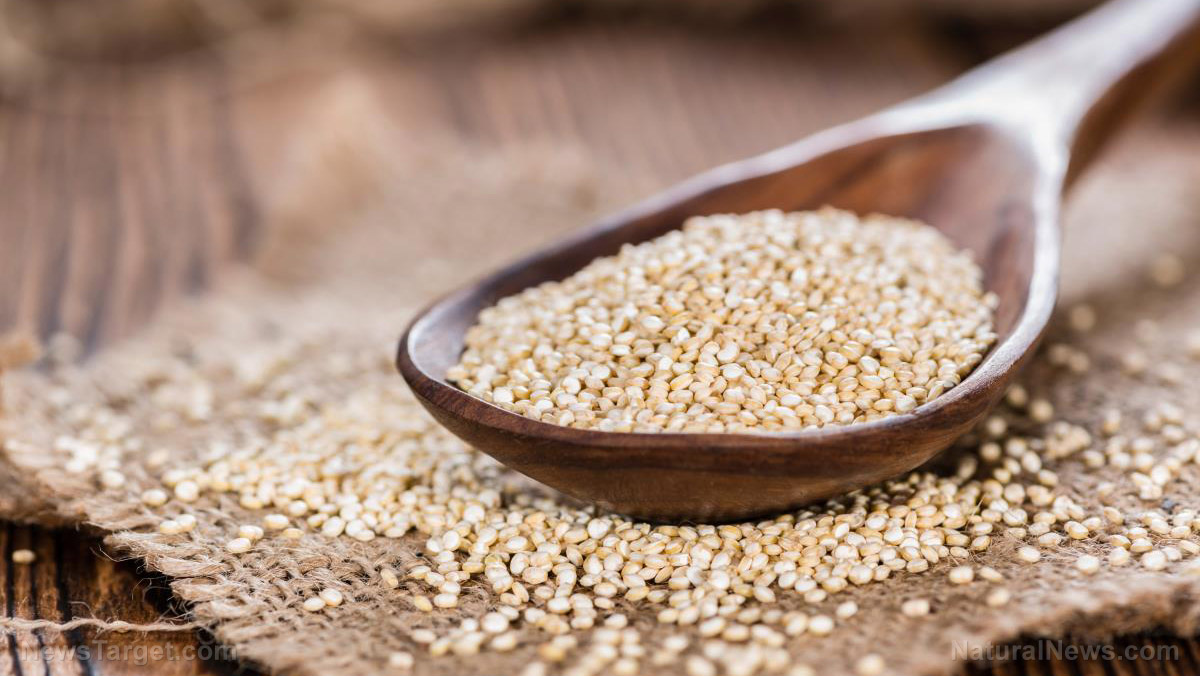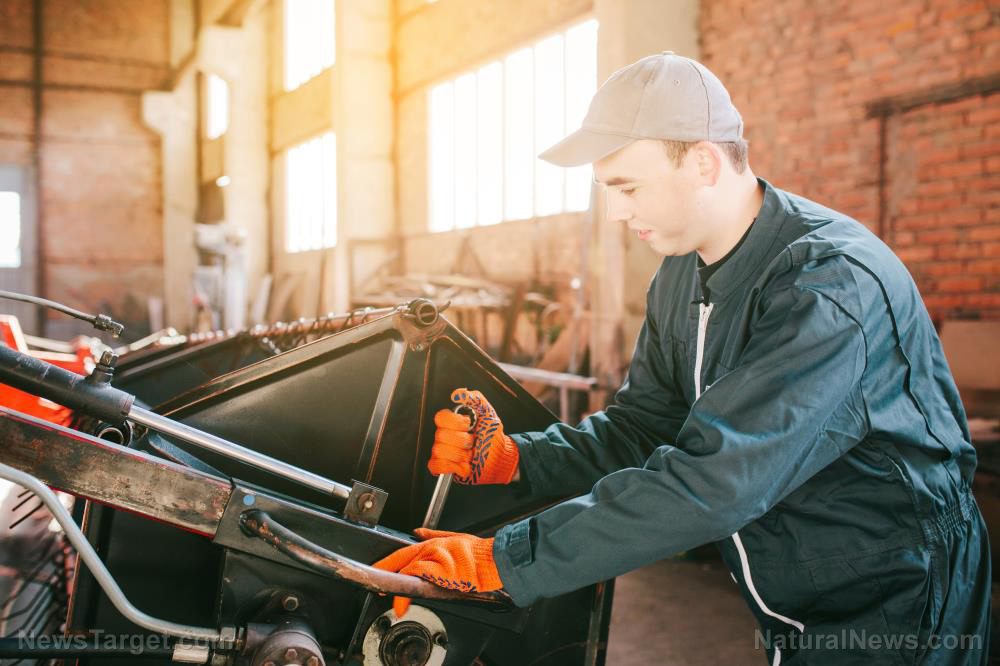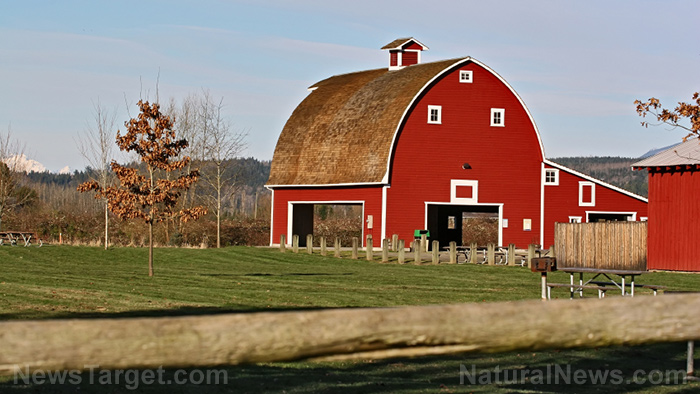Coffee prices soaring due to “systemic” coronavirus supply chain disruptions
03/10/2021 / By Ethan Huff

Global supply chains are breaking down due to the government’s endless Wuhan coronavirus (Covid-19) restrictions, and the latest consumer commodity casualty is coffee.
According to reports, a longstanding imbalance of shipping containers around the world is spiking transportation costs for coffee, which could end up spiking the cost of coffee for end consumers.
Coffee processors of all sizes are being affected by the disruption. Small, medium, and large coffee roasters are all bearing the brunt, though the smaller ones are being hit a lot harder.
“There are supply constraints, not because of production, but simply hurdles brought upon us by COVID-19 and safety guidelines,” says Jorge Cuevas, an executive at Sustainable Harvest Coffee Importers in Portland, Ore.
“It is a systemic issue. It is now more expensive than in the last five to 10 years to bring coffee to the consumer.”
Back in September, it was reported that demand for ocean freight out of China was so high that it led to “equipment shortages in Asia.” China was rushing all sorts of products to the United States but the U.S. was not sending anything back because of the Chinese virus, which led to a pileup of empty containers on the West Coast.
This, combined with the collapse of West Coast rail lines, has created a nightmare situation for companies trying to get product from one area of the world to another.
“The container cost is a major issue in the coffee market,” says Carlos Mera, an analyst for the Rabobank Group, a food and agriculture financing bank. “Even if you are willing to pay, you may not find availability.”
Americans can thank Beijing Biden for the collapsing economy
Other raw commodities such as cocoa, cotton, and refined sugar are shipped using the same containers, meaning they, too, are not getting to their destinations as planned. The result is surging costs for containers, assuming they can even be found.
“Like others in the industry, we have experienced some recent coffee supply chain challenges,” said JM Smucker, which owns the Folgers and Dunkin coffee brands. “While we regularly evaluate costs to determine appropriate actions, we do not have any imminent planning to share at this time.”
This transportation backlog has pushed the price of coffee to its highest level in more than a year.
“We’re currently signing contracts for delivery in the summer and fall, and those prices have gone up quite a bit, about 15 percent increases on everything,” says Oliver Stormshak, chief executive at Olympia Coffee Roasting, based out of Olympia, Wash.
“I’m trying to decide right now whether we eat the costs or restructure our pricing and raise it.”
Shipping inflation added a whopping $10 billion to corporate costs during the fourth quarter, according to S&P Global Platts. This figure is expected to increase as the shipping container shortage is still unresolved.
It is only a matter of time, experts say, before consumers purchasing coffee at their favorite coffee shops start to see price increases.
Other food products that rely on shipping containers, including those manufactured by Kraft Heinz Co. and Conagra Brands, are already seeing price increases due to the debacle.
Meanwhile, tens of millions of American families can barely pay the rent while still feeding their families. This is Biden’s America, where gas prices are soaring due to the reimposition of restrictions on domestic energy production and other factors.
“Make sure you let your Biden voter friends know that he owns this,” wrote one Zero Hedge commenter. “Also, there are 100,000 illegal aliens per month flooding the border – but the stimulus checks are coming … what a joke.”
More related news about the collapse of society due to government- and corporate-imposed Wuhan coronavirus (Covid-19) restrictions can be found at Collapse.news.
Sources for this article include:
Tagged Under: bottlenecks, caffeine, coffee, consumers, coronavirus, covid-19, Dunkin, Folgers, food inflation, food prices, grocery, JM Smucker Co, Joe Coffee Company, Olympia Coffee Roasting, Peet's, shipping, supply chain, supply chains, supply lines, systemic
RECENT NEWS & ARTICLES
COPYRIGHT © 2017 FOOD SUPPLY NEWS





















